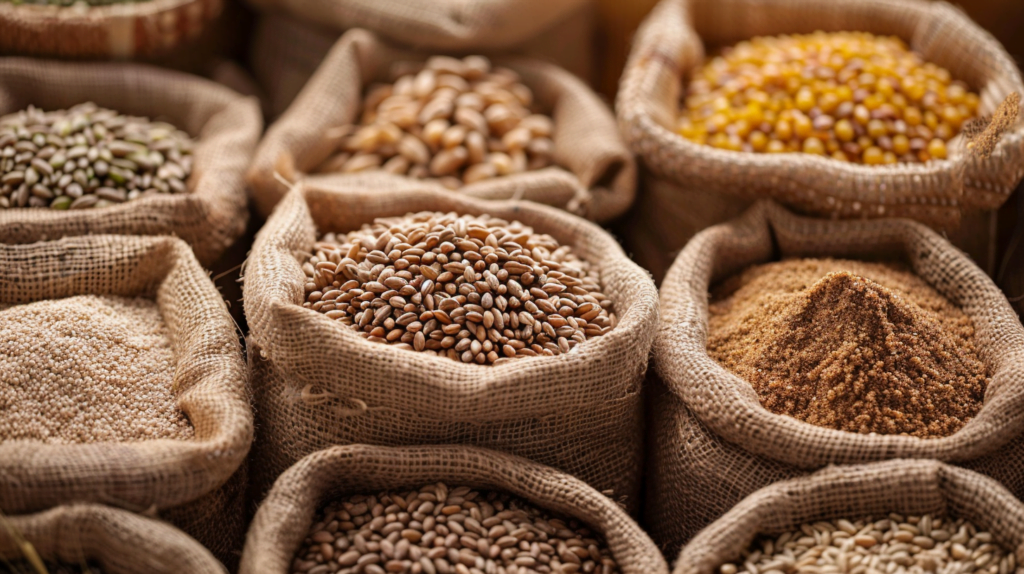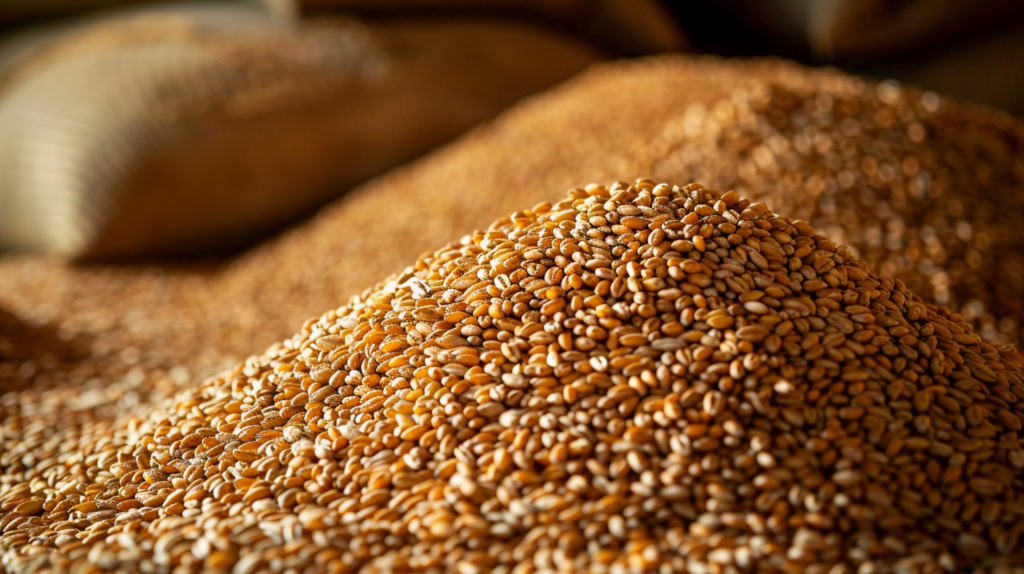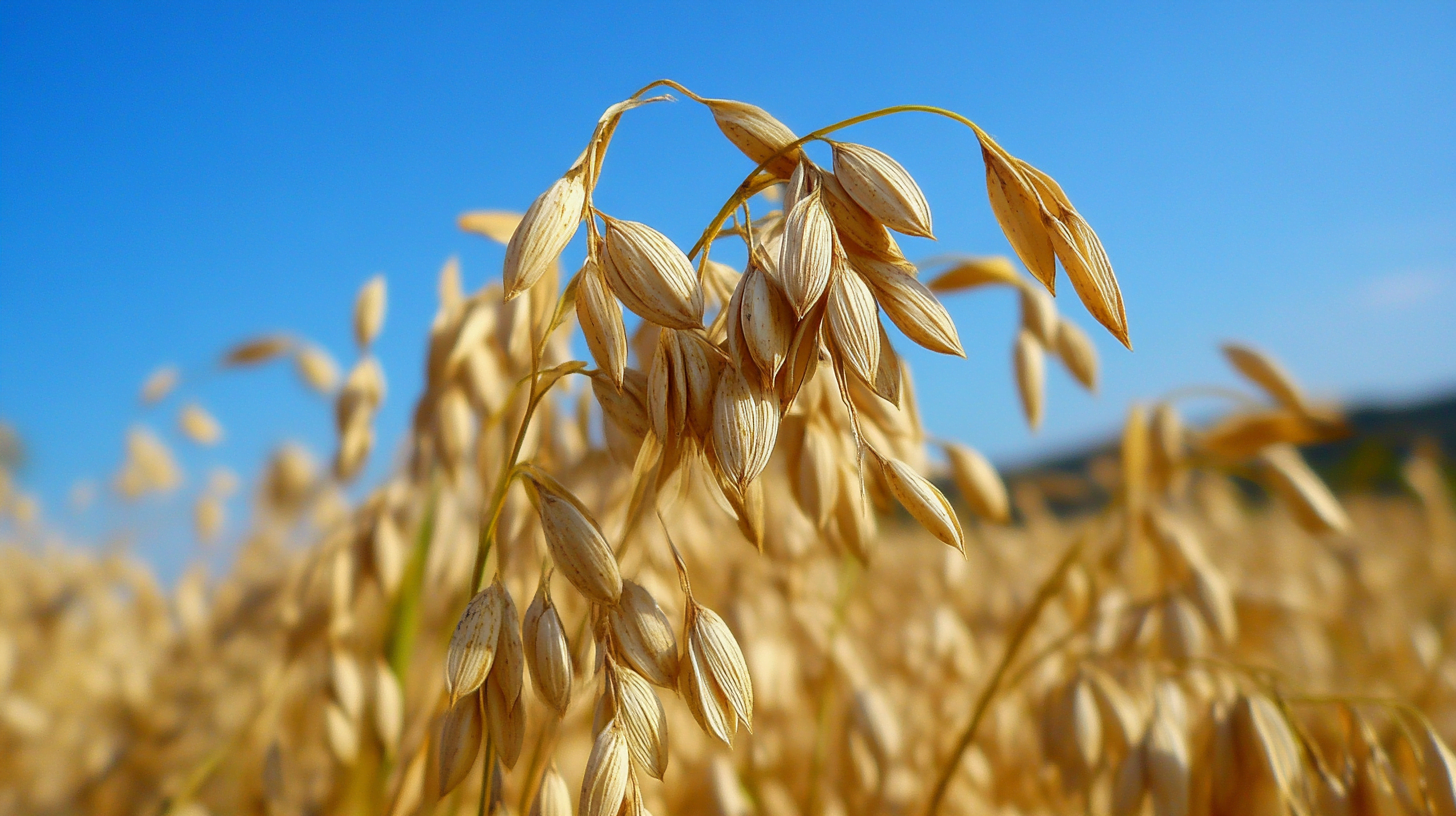Wheat is one of the most important commodities in the global food market, with a rich history of cultivation and trade spanning thousands of years. As a staple food for billions of people worldwide, wheat plays a crucial role in ensuring global food security. In this article “Which Country Exports the Most Wheat?”, we’ll take an in-depth look at the world’s leading wheat exporters and the factors that influence their dominance in the global market.
Understanding the Global Wheat Market
The global wheat market is a complex and dynamic system, with numerous countries contributing to the production and trade of this essential grain. Some of the major wheat-producing countries include:
- Russia
- United States
- Canada
- Australia
- Ukraine
Wheat production is influenced by various factors, such as climate, soil quality, and access to advanced agricultural technology. There are two main types of wheat:
- Hard wheat: Higher in protein and primarily used for bread and pasta.
- Soft wheat: Lower in protein and used for cakes, biscuits, and pastries.
The global demand for wheat is driven by factors such as population growth, changing dietary preferences, and the increasing use of wheat in animal feed and biofuels.
Top Wheat Exporting Countries
Russia
Russia is currently the world’s largest wheat exporter, with exports reaching a record 37.5 million tonnes in the 2020-2021 marketing year. The country’s vast land area, favorable climate, and investment in agricultural technology have contributed to its success in the global wheat market. Russia’s main export destinations include Egypt, Turkey, and Bangladesh.
United States
The United States is the second-largest wheat exporter, with exports averaging around 26 million tonnes per year. The U.S. is known for producing high-quality hard red winter and hard red spring wheat varieties. The country’s well-developed infrastructure and trade relationships have helped it maintain a strong presence in the global market. The main export destinations for U.S. wheat include Japan, Mexico, and the Philippines.
Canada
Canada is the third-largest wheat exporter, with exports averaging around 24 million tonnes per year. Canadian wheat, particularly the hard red spring variety, is known for its high protein content and is highly sought after in the global market. The country’s main export destinations include China, Japan, and Indonesia.
Australia
Australia is the fourth-largest wheat exporter, with exports averaging around 16 million tonnes per year. The country’s wheat production is heavily influenced by climate, particularly droughts, which can lead to significant fluctuations in export volumes. Australia’s main export destinations include Indonesia, Japan, and South Korea.
Ukraine
Ukraine has emerged as a significant player in the global wheat market, with exports growing rapidly in recent years. In the 2020-2021 marketing year, Ukraine exported a record 18.5 million tonnes of wheat. The country’s fertile soils and favorable climate have contributed to its success in wheat production. Ukraine’s main export destinations include Egypt, Indonesia, and Bangladesh.

Factors Affecting Wheat Exports
Several factors can impact a country’s wheat exports, including:
- Weather conditions and climate change: Droughts, floods, and extreme temperatures can significantly affect wheat yields and quality.
- Government policies and subsidies: Domestic support measures and export restrictions can influence the competitiveness of a country’s wheat in the global market.
- Trade agreements and tariffs: Bilateral and multilateral trade agreements, as well as import tariffs, can affect the flow of wheat between countries.
- Transportation and logistics: The efficiency and cost of transportation infrastructure, such as ports and railways, can impact a country’s ability to export wheat competitively.
- Global economic trends: Economic growth, currency fluctuations, and changes in consumer preferences can all influence the demand for wheat in the global market.
The Future of Wheat Exports
As the global population continues to grow and dietary preferences evolve, the demand for wheat is expected to increase in the coming years. Emerging markets, particularly in Asia and Africa, are likely to drive much of this growth. However, wheat exporters will also face challenges, such as the impacts of climate change, increasing competition, and potential trade disruptions.
To remain competitive in the global market, wheat exporters will need to invest in research and development to improve yields, adapt to changing climate conditions, and develop new wheat varieties that meet the evolving needs of consumers. They will also need to strengthen their trade relationships and logistics networks to ensure efficient and cost-effective delivery of wheat to global markets.
Conclusion
In conclusion, the global wheat market is a complex and dynamic system, with Russia currently leading the way as the world’s largest wheat exporter. However, other major players, such as the United States, Canada, Australia, and Ukraine, also play significant roles in ensuring global food security. As the demand for wheat continues to grow, it will be essential for these countries to adapt to the challenges and opportunities presented by the evolving global market.

FAQs
- What is the difference between hard and soft wheat?
Hard wheat has a higher protein content and is primarily used for bread and pasta, while soft wheat has a lower protein content and is used for cakes, biscuits, and pastries. - How does wheat quality affect its export value?
Wheat quality, determined by factors such as protein content, moisture level, and purity, can significantly impact its export value. Higher-quality wheat typically commands premium prices in the global market. - What are the main challenges faced by wheat farmers?
Wheat farmers face numerous challenges, including climate variability, soil degradation, pests and diseases, and market volatility. Adapting to these challenges requires ongoing investment in research, technology, and sustainable farming practices. - How do wheat prices impact global trade?
Wheat prices can significantly influence global trade flows, with higher prices potentially leading to reduced demand and increased competition among exporters. Conversely, lower prices may stimulate demand but also put pressure on farmers’ profitability. - What role does technology play in improving wheat yields?
Technology, such as precision agriculture, drought-resistant seed varieties, and advanced irrigation systems, can help farmers optimize wheat production and improve yields. Continued investment in research and development is crucial for ensuring the long-term sustainability and competitiveness of the global wheat industry.



